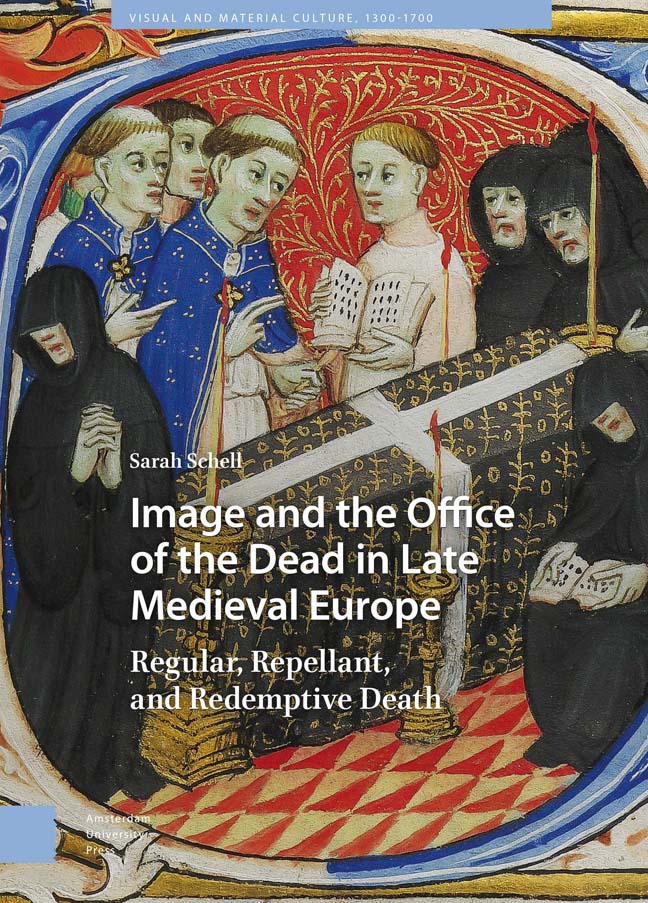Book contents
- Frontmatter
- Dedication
- Contents
- List of Illustrations
- Introduction
- 1 The Office of the Dead in Christian Liturgy
- 2 Regular Death: Reading the Funeral and Imaginative Practice
- 3 Repellent Death: Time, Rot, and the Death of the Body
- 4 The Redemptive Death: Job, Lazarus, and Death Undone
- Conclusions
- Bibliography
- Index of Manuscripts
- General Index
4 - The Redemptive Death: Job, Lazarus, and Death Undone
Published online by Cambridge University Press: 17 February 2024
- Frontmatter
- Dedication
- Contents
- List of Illustrations
- Introduction
- 1 The Office of the Dead in Christian Liturgy
- 2 Regular Death: Reading the Funeral and Imaginative Practice
- 3 Repellent Death: Time, Rot, and the Death of the Body
- 4 The Redemptive Death: Job, Lazarus, and Death Undone
- Conclusions
- Bibliography
- Index of Manuscripts
- General Index
Summary
Abstract: This chapter is concerned with themes of Christian redemption and survival beyond death in images of Job and Lazarus. It was in death that the Christian faithful hoped to be restored to the community and to their own healthful body via the promise of the resurrection. Images of ‘redemptive’ death are thus involved with the social and material conceptions of death and the promise of salvation. Job and Lazarus are discussed in relationship with the Office of the Dead texts and the narrative congruences that gave these images power. Job and Lazarus offered the reader exemplars of good behaviour in the face of death and of mourning both the social and physical bodies.
Keywords: Job, Lazarus, redemption, mourning, salvation
The ‘regular’ and ‘repellent’ deaths are primarily (although not exclusively) concerned with the social and physical bodies, respectively. The ‘redemptive’ death is concerned with both. Redemption through death is fundamental to the Christian story, and this hope was implicit in ‘regular’ and ‘repellent’ images of death. For medieval Christians, death was emphatically not the end; it was a ‘non-death’. It was through death and the Redeemer Christ that the sick and dying hoped to be restored at some time in the future to the community of the blessed and to their own healthful body. ‘Redemptive’ death is thus involved in both the social and material conceptions of death and provides a counterpoint to the fears associated with those deaths. In the images that accompany the Office of the Dead, this hope for, and belief in, the redemptive nature of death is directly expressed through the images of Lazarus and Job, whose stories emphasize the ‘not’ nature of Christian death.
Job and Lazarus die, but they both die unconventional ‘non-deaths’. Job's sufferings are those of a social death expressed in the physical body. His material losses reveal the fragile nature of social position, and his wounds and sickness reveal the mortality of the body. Both cause him to be alienated by his community. His redemption is expressed in his restoration to social ‘life’, to God, and to his community. Lazarus, on the other hand, miraculously crosses and recrosses the boundary between life and death.
- Type
- Chapter
- Information
- Image and the Office of the Dead in Late Medieval EuropeRegular, Repellant, and Redemptive Death, pp. 157 - 204Publisher: Amsterdam University PressPrint publication year: 2023

